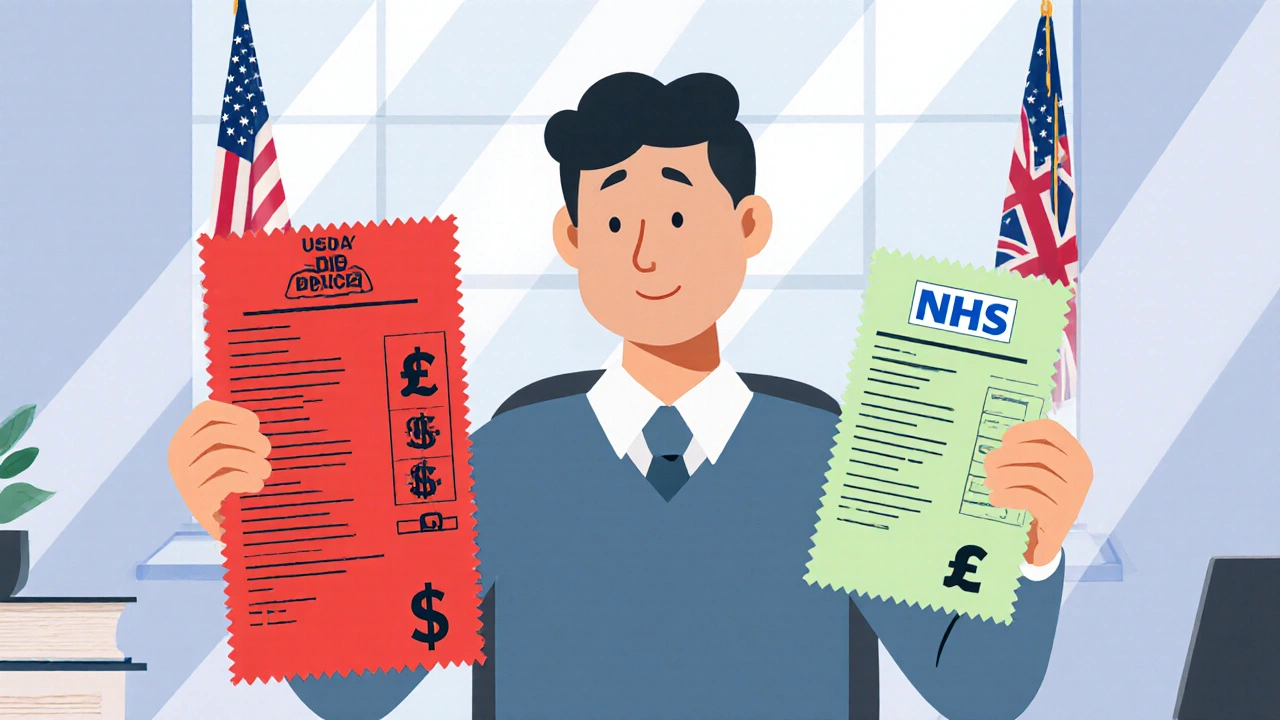UK NHS Costs – What You Need to Know
Understanding UK NHS costs starts with knowing what the public system actually bills for and when it doesn’t. When looking at UK NHS costs, the charges, exemptions and funding sources that shape the British public health system, also called NHS fees, you’ll see three main buckets: prescription charges, hospital treatment fees and optional services. private health insurance, a voluntary scheme that covers services not fully paid by the NHS often steps in when patients want faster appointments or treatments that the NHS classifies as non‑essential. At the same time, NHS waiting lists, the backlog of patients waiting for elective care directly influence out‑of‑pocket decisions because longer waits can push people toward private options.
Key cost factors you need to understand
The first factor is prescription medication. Most adults pay a flat charge per item, but there are dozens of exemptions – age, low income, chronic conditions, and pregnancy, to name a few. Knowing whether you qualify for a prescription exemption can shave off up to £500 a year. The second factor is hospital treatment. Emergency care is free for everyone, but many routine procedures, dental work, or physiotherapy sessions may carry a patient charge. When those charges add up, the third factor – healthcare for foreigners, rules that determine whether visitors, students or expats receive free NHS services – becomes crucial. Visitors from the EU, the US, or other countries often face a surcharge unless they have a reciprocal agreement or a visa‑linked health surcharge.
Another layer is private health coverage. While the NHS provides a safety net, private health insurance can reduce waiting times, give access to specialist clinics and cover treatments that the NHS lists as optional. Premiums vary widely: a basic plan might cost £30 a month, whereas comprehensive cover can exceed £150. The decision to pay for private insurance often hinges on the severity of the waiting list for the needed procedure. For example, a patient needing a knee replacement may wait 12–18 months on the NHS; a private plan could cut that to 3–4 months, saving not just time but also potential loss of earnings.
It’s also worth noting the impact of regional variations. England, Scotland, Wales and Northern Ireland each run their own NHS budgets, leading to different charge structures. Scotland, for instance, abolished prescription charges altogether, while England still retains them. This regional disparity means that where you live directly affects your out‑of‑pocket expenses.
Finally, remember that most UK residents contribute indirectly through the National Insurance (NI) surcharge. Every employee pays NI, and a portion of that money funds the NHS. So even if you never see a direct bill, you’re still part of the cost pool. Understanding these contributions helps you see the bigger picture of how public funding and private spending intersect.
Armed with this overview, you can now navigate the rest of the collection below. Whether you’re checking which services are free, comparing private insurance plans, or figuring out how waiting lists affect your budget, the articles that follow break each piece down into clear, actionable steps.
Is Healthcare More Expensive in the US or the UK? A Detailed Cost Comparison
A detailed comparison shows the US spends about 2.5x more on healthcare than the UK across primary care, hospital stays, prescriptions, and out‑of‑pocket costs.

